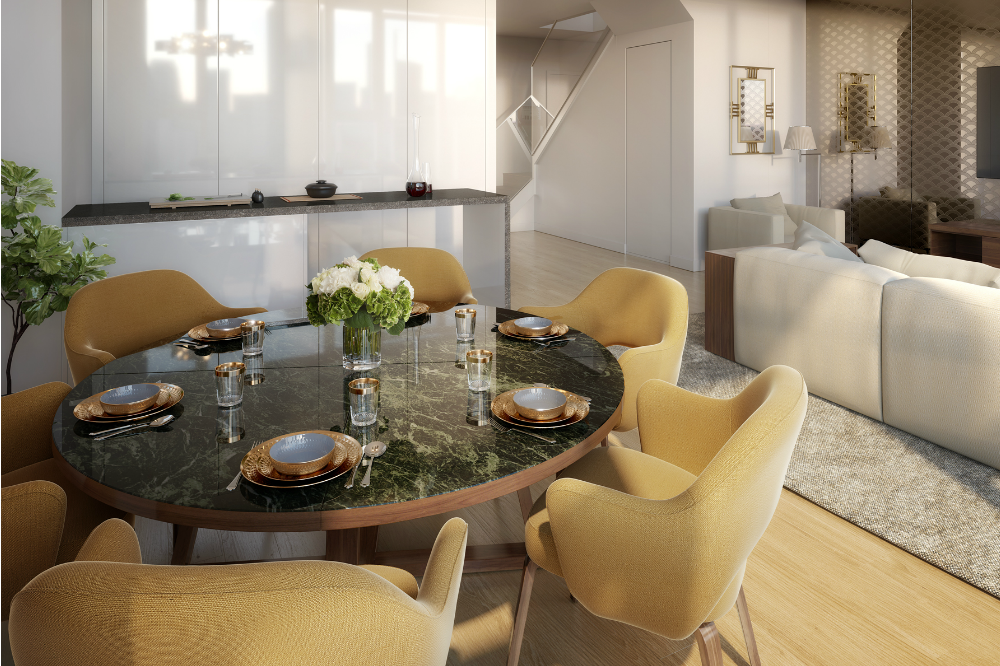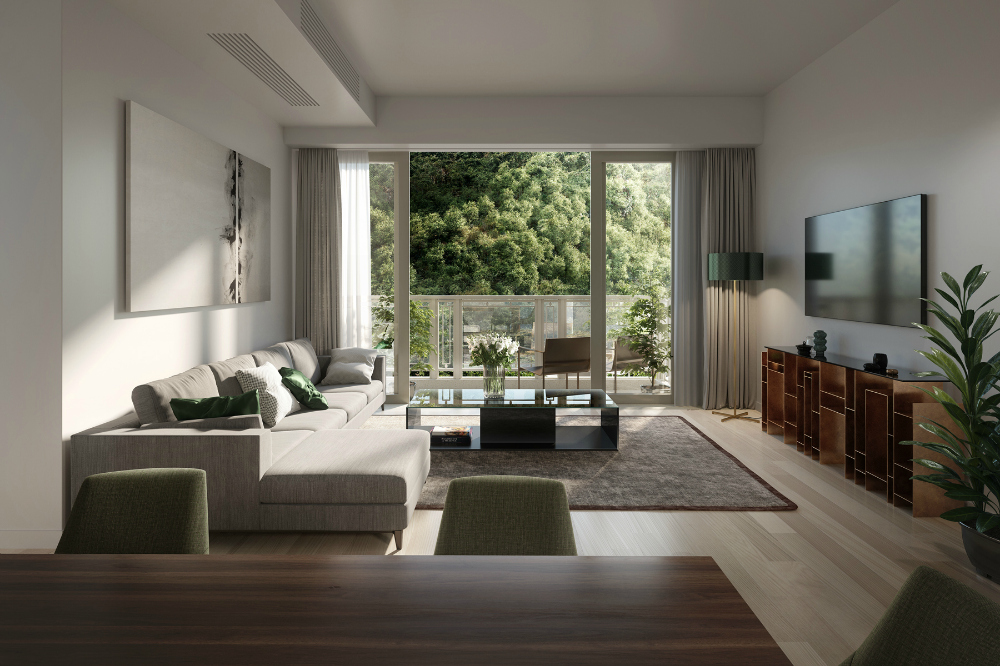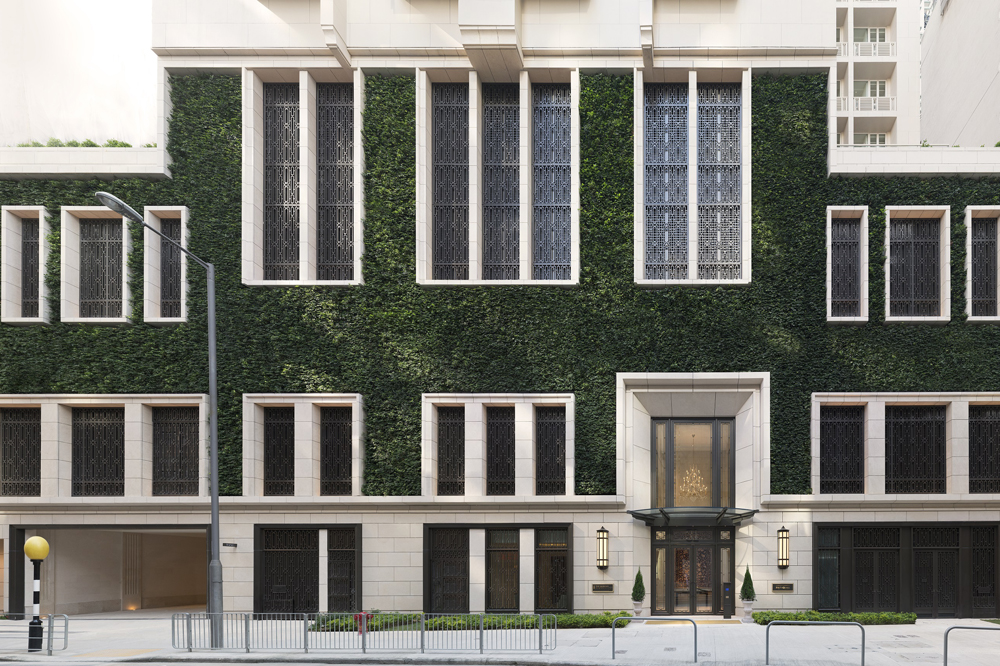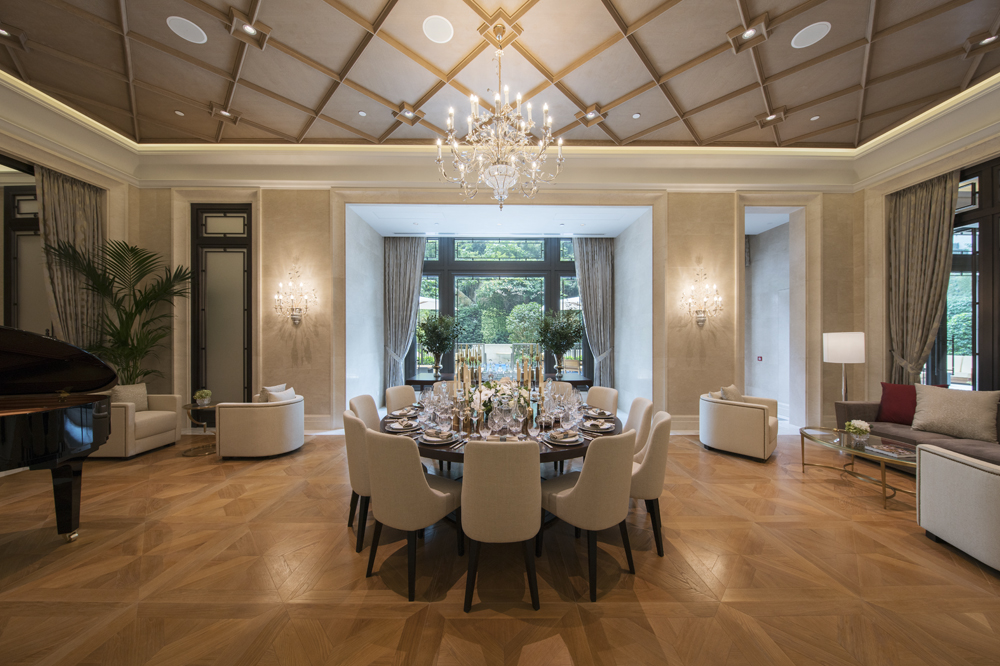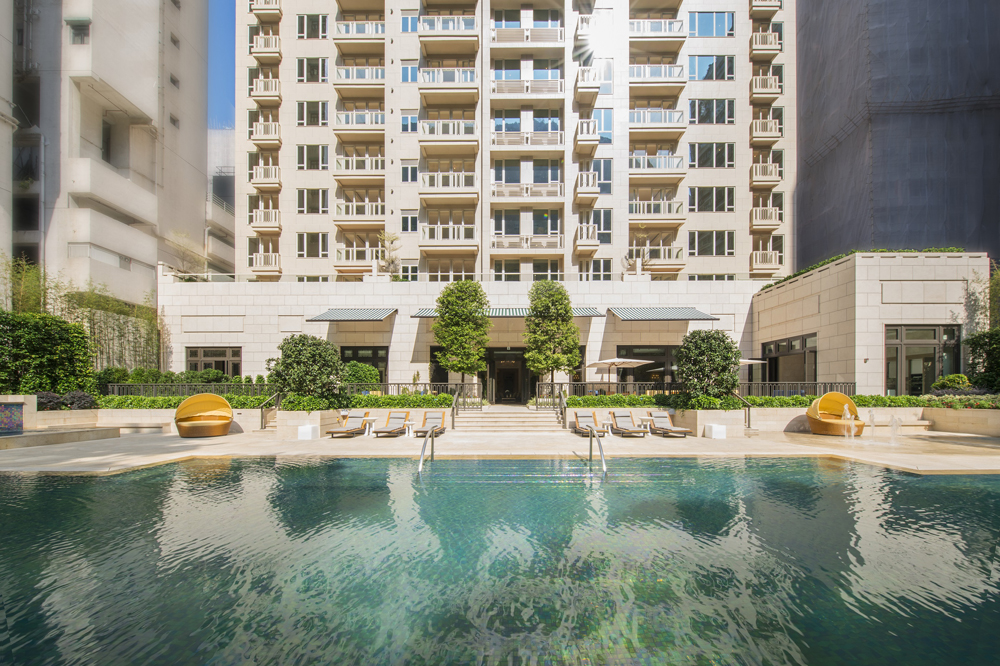The Mid-Levels has long been one of Hong Kong’s most desirable residential destinations, and the addition of the Robert A.M. Stern Architects-designed property The Morgan only elevates matters further. We spoke to partners from the storied New York-based architecture and design firm – Sargent Gardiner, Grant Marani and Paul Whalen – about the development of the city’s hottest property.
You’re renowned for designing some of the most sought-after properties in North America. What excited you about The Morgan in Hong Kong?
Paul Whalen: To my mind, what’s most distinctive about Hong Kong is that its incredible density immediately adjoins undeveloped land. The site of the Morgan epitomises that condition: there are few locations in Hong Kong, especially in the Mid-Levels, that enjoy on one side the city’s active streets, convenient shopping, wonderful restaurants, and Victoria Harbor views; and on the other the pristine vertical landscape of the Peak. We worked to take full advantage of this extraordinary site to capture in one building the essence of Hong Kong.
Robert A.M. Stern Architects’ projects often celebrate new classical architecture. How do you think this works within the context of Hong Kong?
Grant Marani: Hong Kong prides itself on its modernity, but as you rise to the Mid-Levels either by escalator or by taxi you can’t help but admire the many handsome classically-inspired Edwardian buildings that populate the Mid-levels, including the Sun Yat-sen Museum. So there is a strong, if somewhat hidden, classical tradition in Hong Kong alongside the modernity, and we worked to celebrate both.
Paul Whalen: Hong Kong is a city that values its social traditions. Everyone may be on their electronic devices, but people still sit and have tea in the traditional way. And so it is with the city’s buildings: rather than throwing away what’s come before, the city has added new layers while preserving quite a few older, historic structures. In designing The Morgan, we carried forward those traditions, especially at the base of the building; as the tower rises above, its glassy, disciplined facades connect to more modernist neighbors.
How has this project differed from those you’ve worked on in the past?
Paul Whalen: I’d return to the idea of Hong Kong’s unique combination of high density in close proximity to undeveloped land—not a factor on every site, but very much a part of our work on The Morgan. In New York, we have enjoyed the wonderful opportunity to design buildings that stand directly on Central Park and are embedded in the Manhattan street grid on their other sides; but in many ways the site of The Morgan is an even more extreme case of the necessity to create a building that works well in two very different contexts.
